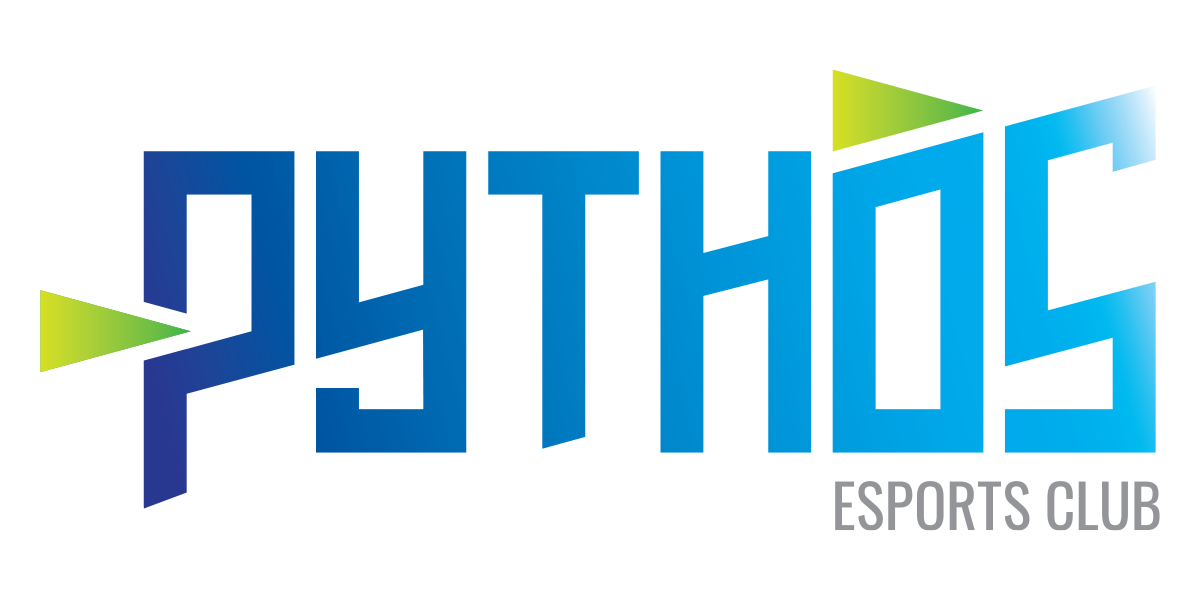17 Jun Telling better stories with esports data — GRID
ESI illustration: GRID/Shutterstock
By design, everything in esports is measured. It has to be for game engines to do their job. Complicated formulas compute hundreds of variables in milliseconds to determine the results of player actions. Quantified laws dictate what works and what doesn’t.
As a result, game engines must track fountains of granular information. The sheer amount of data is unimaginable, and making sense of it is an even bigger ask for publishers whose focus is making games. This is where data platform GRID Esports (GRID) makes its play.
The company has been the premier refinery for esports data since its inception in September 2018. GRID’s technology is installed directly onto game servers of publishers or tournament organisers, so the company receives raw data from source.
Esports titles are games first. Interestingly, this means that each split-second of every play, every gambit a professional esports athlete executes has perfectly captured granular data tied to it via the game’s engine. This data, with the right tools, can be extremely useful in various ways.
Moneyball, a 2011 film based on the 2003 non-fiction book of the same name, tells the story of the 2002 Oakland Athletics baseball team’s General Manager Billy Beane’s attempts to assemble a competitive team with limited resources. By crunching numbers to determine effective values, the team identifies undervalued talent based on metrics that other clubs were overlooking.
RELATED: Making esports data beautiful — GRID
The approach went on to change baseball, which previously relied on other measurements to determine individual and team value — some of which through in-game metrics, some as arbitrary as a player’s looks.
For the past three years, GRID’s platform has been refining collected performance data directly from the publisher’s server level, automated and at scale — thus segmenting the information that matters most for publishers, broadcasts and other third parties.
A 2018 piece in Forbes suggested that if any company would be responsible for the ‘esports Moneyball moment’, it’d likely be GRID.
Much of the visualised data one sees, such as on-screen player stat match-ups or situational success rates on esports broadcasts, are thanks to GRID. TOs and broadcasters including WePlay Esports, FLASHPOINT, and BLAST work with GRID to add depth to commentary and provide viewers with more insight.
For parties looking to gain an advantage through analytical measurements of player performance, a la Moneyball, GRID can do that too. Bookmakers caught wind as early as 2019. GRID was tapped as the exclusive data partner of the world’s biggest esports betting company, Pinnacle.
The data isn’t just invaluable for placing bets or playing the numbers — it’s fundamental to the modern experience of sports entertainment, William Thornton, GRID’s Head of US Partnerships, told Esports Insider.
Narrative-building with data
The scoreboard may show the winner, but the story of why and how is told through data.
RELATED: GRID and WePlay Esports expand partnership for Dota 2 AniMajor
Data provides a basis to draw meaning; an element that esports needs to attract new audiences. On-screen, statistical side-by-side comparisons are something that traditional sports fans are already familiar with. Used in esports, new audiences get a head start on understanding who’s winning and a basis to choose who to root for.
“You can actually understand a lot more about what’s happening in a game by looking at underlying numbers than you can by just watching,” Thornton said. Of all the reasons audiences watch competition, the recording of the events is what makes moments historic. Esports is just starting to build on this foundation.
Narratives around a player approaching the record for most kills of all time can drive audience desire to preserve their own memories of the historic moment. Where were you when Faker sealed his thousandth kill in the LCK?
The only way we know we have passed a milestone is because it’s been recorded.
Moments like these are also extremely attractive for brands as opportunities to position themselves alongside moments of greatness — meaning they can be monetised. We’ll likely see such historic moments ‘captured’ and sold as NFTs sooner rather than later.
In esports, publishers ‘lease’ their IP to TOs and broadcasters for large-scale tournaments and productions to exist. GRID’s data platform is an enhancement for the competitive infrastructure, utilising the unique relationships that publishers play within esports that traditional sports have no comparison to. No one ‘owns’ football — esports titles are owned by the game publisher.
GRID CEO Mortiz Mauer told Esports Insider that the company’s model — incorporating rights holders into the associated revenue streams — ensures that successes in GRID’s activities are driving growth and sustainability of the space as a whole.
“GRID is built to unlock the potential of ‘perfect data’ to power world-class fan experiences,” Mauer said. The ‘perfect data’ comes access to straight-from-the-source, something data collection in traditional sports is still years away from.
The margin of error when collecting data in traditional sport data is enormous. For esports, this a non-issue: by design, every event is captured digitally.
GRID’s at-the-source data collection platform also allows for surprisingly creative applications. StreamCards is a new startup powered by GRID’s data. The product is an interactive virtual card game played over the top of CS:GO broadcasts. Using the data the GRID collects, the Twitch extension allows audiences to play cards predicting in-game events to earn points and compete against other viewers.
Modern life is incredibly influenced by algorithms and data analytics at the fingertips of the average internet user; simple Kill/Death/Assist stats just aren’t rich enough to power compelling arguments. Fans love to know every little thing about their favourites, and GRID makes this possible.
RELATED: Esports data platform GRID announces $10m funding round
In esports, data is on the table every millisecond of every match. To feed the fans and flavour the broadcasts, GRID has turned this data into an a la carte menu for third parties and a source of inspiration for publishers. The applications of GRID’s services appear to be nearly endless. As more publishers and partners sign on, the more the company’s slogan — “esports data lives on the GRID” — becomes fact.
Sign up to our ESI Dispatch Newsletter
Supported by GRID Esports
Commercial, Data, Europe, Features, Games, Latest News, Markets, Esports data, GRID Esports


No Comments